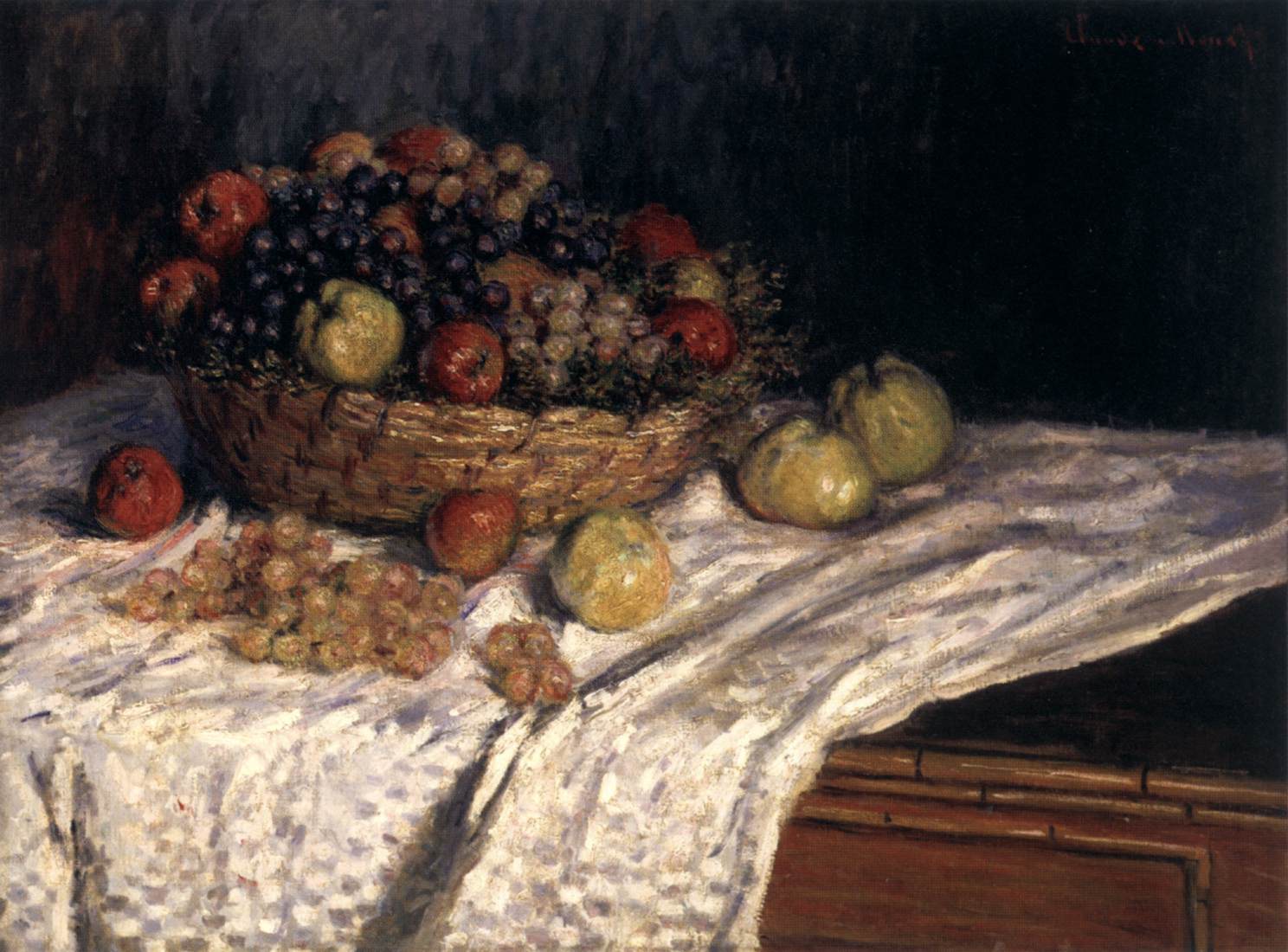Description
The Still-Life with Apples and Grapes painting is a masterpiece by French Impressionist artist Claude Monet. This work of art was created in the year 1880 and is currently in the collection of the Metropolitan Museum of Art in New York.
One of the most prominent features of this painting is its artistic style. Monet was one of the main exponents of the Impressionist movement, which was characterized by his interest in capturing light and color in nature. In this work, Monet uses loose, vibrant brushstrokes to create a sense of movement and vitality in the fruits and objects that appear in the composition.
The composition of the painting is another interesting aspect. Monet carefully places apples and grapes on a wooden table, creating a sense of balance and harmony. Additionally, the artist uses the technique of perspective to create a sense of depth in the painting, making objects appear to be in three-dimensional space.
Color is another outstanding aspect of this work. Monet uses a bright and vibrant color palette to create a feeling of freshness and vitality in the painting. The red, green and yellow tones of the fruits contrast with the dark background of the table, creating a sensation of dynamism and movement.
The history of the painting is also interesting. Although Monet is primarily known for his landscapes, he also created a number of still lifes throughout his career. This particular painting was created during a period when Monet was experimenting with different genres and styles, and shows his ability to create stunning works of art on any subject he chooses.
In summary, the Still-Life with Apples and Grapes painting is a masterpiece of French Impressionism that stands out for its artistic style, its composition, its color and its history. It is a stunning work of art that remains relevant and exciting today, demonstrating the skill and talent of one of the most important artists in art history.

